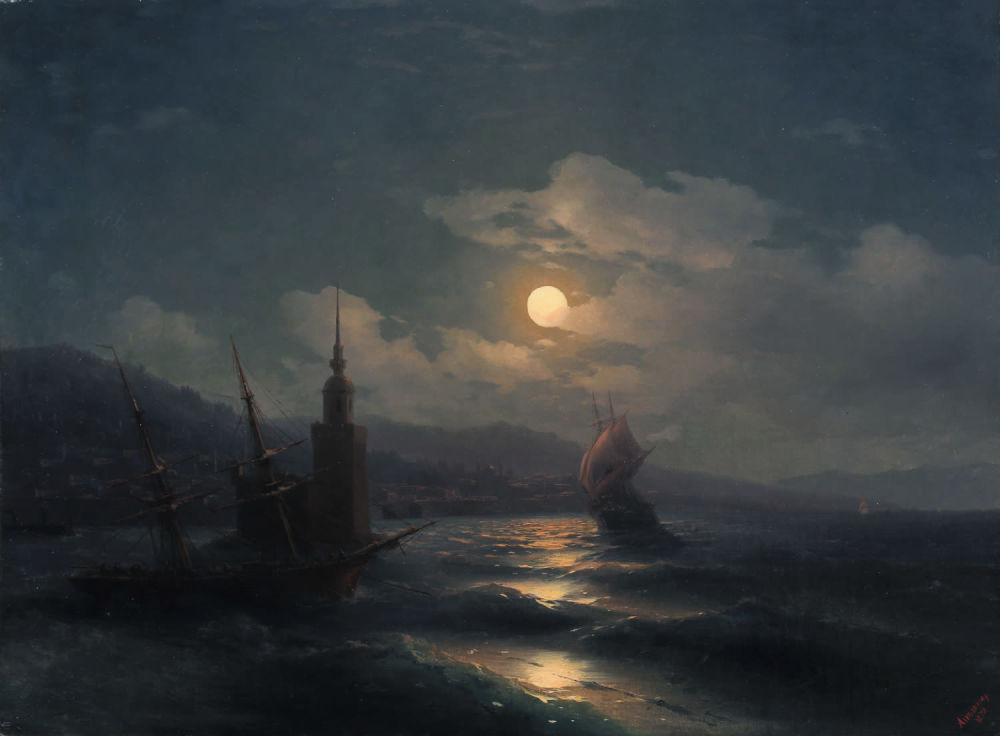In Russia, Ukrainian artist Ivan Aivazovsky's painting "Moonlit Night" has been put up for auction, according to Ukraine's former Deputy Attorney General and Prosecutor of the Autonomous Republic of Crimea, Gyunduz Mamedov, who has reported the auction plans.
In 2014, during the early stages of Russia's occupation of Crimea, Aivazovsky's painting "Moonlit Night" was illegally transferred to the Simferopol Art Museum, along with 52 other artworks.
Russia is planning to auction Aivazovsky’s painting “Moonlight Night”. This canvas was among 52 paintings that were illegally transferred to the Simferopol Art Museum in Crimea. In 2017, @INTERPOL_HQ, at the request of @Crimea_Prok, put the paintings on the international wanted… pic.twitter.com/rrgCbbTV5C
— Гюндуз Мамедов/Gyunduz Mamedov (@MamedovGyunduz) February 13, 2024



